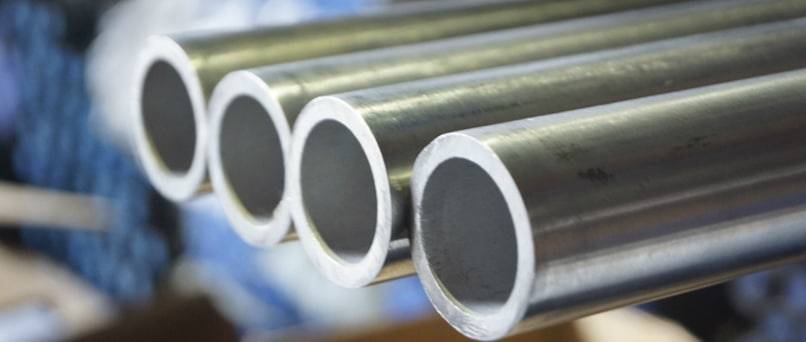When it comes to selecting the right stainless steel pipes for your project, the choice between Stainless Steel 316 and Stainless Steel 304 can be crucial. Both are widely used in various industries due to their corrosion resistance and durability, but they have distinct differences that can impact their suitability for specific applications. Let's dive into the details to help you make an informed decision.
Introduction to Stainless Steel 316 and Stainless Steel 304 Pipes
Stainless Steel 316 pipes and Stainless Steel 304 pipes are both members of the stainless steel family, known for their excellent corrosion resistance and versatility. These pipes are commonly used in industries such as construction, manufacturing, food processing, and marine applications due to their durability and reliability.
Composition and Properties
Stainless Steel 316:
- Contains molybdenum, which enhances its corrosion resistance, particularly in chloride environments.
- Offers superior strength and durability, making it suitable for harsh conditions such as marine environments and chemical processing plants.
- Exhibits excellent resistance to pitting and crevice corrosion, making it ideal for applications where corrosion is a concern.
Stainless Steel 304:
- Primarily composed of chromium and nickel, offering good corrosion resistance in non-aggressive environments.
- Versatile and cost-effective, making it suitable for a wide range of applications, including food processing, dairy, and architectural uses.
- May corrode in chloride-rich environments but performs well in less corrosive conditions.
Corrosion Resistance
Stainless Steel 316:
- High resistance to corrosion, especially in acidic and chloride-rich environments.
- Ideal for applications where exposure to corrosive substances or high temperatures is common.
- Provides long-lasting performance in harsh conditions, minimizing the risk of corrosion-related failures.
Stainless Steel 304:
- Offers moderate corrosion resistance in non-aggressive environments.
- Suitable for general-purpose applications where extreme corrosion resistance is not required.
- Requires proper maintenance and care to prevent corrosion in chloride-rich environments.
Strength and Temperature Resistance
Stainless Steel 316:
- Higher tensile strength and creep resistance compared to Stainless Steel 304.
- Can withstand higher temperatures and is often used in elevated temperature applications such as chemical processing and high-temperature piping systems.
Stainless Steel 304:
- Lower tensile strength and creep resistance compared to Stainless Steel 316.
- Limited temperature resistance and may experience scaling or deformation at high temperatures.
Cost Considerations
Stainless Steel 316:
- Generally comes at a higher cost due to its additional alloying elements, particularly molybdenum.
- Ideal for applications where superior corrosion resistance and strength are paramount, outweighing the higher initial investment.
Stainless Steel 304:
- More cost-effective than Stainless Steel 316, making it a preferred choice for budget-conscious projects.
- Offers good corrosion resistance and durability for general-purpose applications where extreme conditions are not a concern.
Conclusion
In conclusion, both Stainless Steel 316 and Stainless Steel 304 pipes offer excellent corrosion resistance, durability, and versatility. The choice between the two depends on factors such as the specific application, environmental conditions, budget constraints, and performance requirements. By understanding the differences between these two types of stainless steel pipes, you can make an informed decision and choose the right option for your project.





Comments